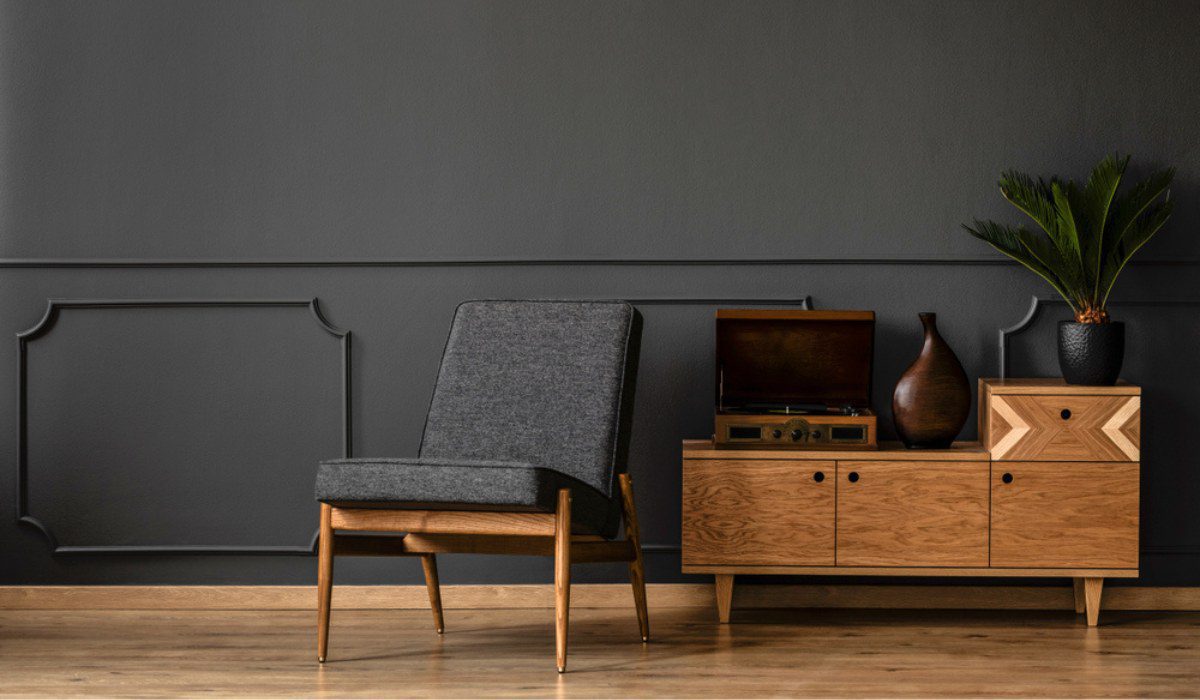When it comes to building or renovating your home, selecting the right wood is crucial to ensure lasting beauty, durability, and structural integrity. The choice of wood impacts not only the appearance but also the overall quality of your home. This guide will assist you in making informed decisions and choosing the finest wood that suits your needs and complements your home’s design.

1. Understand Your Requirements
Consider the specific requirements for each area of your home. Different types of wood excel in various applications. For high-traffic areas like flooring, consider hardwoods like oak, maple, or walnut for their durability and resistance to wear. For interior detailing, decorative accents, and furniture, softer woods like pine or cedar may be suitable due to their ease of workability and appealing grain patterns.
2. Assess the Aesthetics
Each wood species possesses unique characteristics and aesthetics. Some woods have a rich, dark tone, while others have a lighter, more natural appearance. The color and grain pattern of the wood can greatly influence the overall look and feel of your home. Consider the existing interior decor and architectural style when choosing the wood that best complements your design vision.
3. Evaluate Durability and Maintenance
The durability of the wood is essential, especially in areas exposed to moisture, sunlight, or temperature fluctuations. Hardwoods like teak and mahogany are naturally resistant to decay and weathering, making them ideal for outdoor applications like decking and siding. Additionally, some woods require more maintenance than others. For low-maintenance options, consider pressure-treated wood or tropical hardwoods that naturally resist pests and decay.
4. Sustainability and Eco-Friendliness
As environmental consciousness grows, many homeowners prefer sustainable and eco-friendly wood options. Look for wood certified by organizations like the Forest Stewardship Council (FSC), which ensures responsible and ethical forestry practices. Bamboo is an excellent renewable option due to its rapid growth and replenishment rate, making it an eco-conscious choice for flooring and furniture.
5. Budget Considerations
Wood prices can vary significantly, so consider your budget when selecting the best wood for your home. Exotic hardwoods tend to be more expensive than domestic softwoods. However, the upfront cost may be justified by their longevity and low maintenance requirements. Softwoods like pine and spruce are generally more budget-friendly and can be used for various applications without compromising quality.
6. Seek Professional Advice
If you are uncertain about which wood to choose, consult with a professional architect, interior designer, or contractor. Their expertise can help you navigate the various options and ensure that your chosen wood aligns with your design preferences, budget, and functional requirements.
Conclusion
Selecting the finest wood for your home is a vital decision that impacts the aesthetics, durability, and overall value of your property. By understanding your requirements, assessing aesthetics, evaluating durability and maintenance needs, considering sustainability, and accounting for your budget, you can make an informed choice.
Seek professional advice to receive expert guidance in making the right decision for your unique living spaces. Whether you opt for the timeless elegance of hardwoods or the versatility of softwoods, choosing the best wood will result in a beautiful and enduring home that you can cherish for years to come.